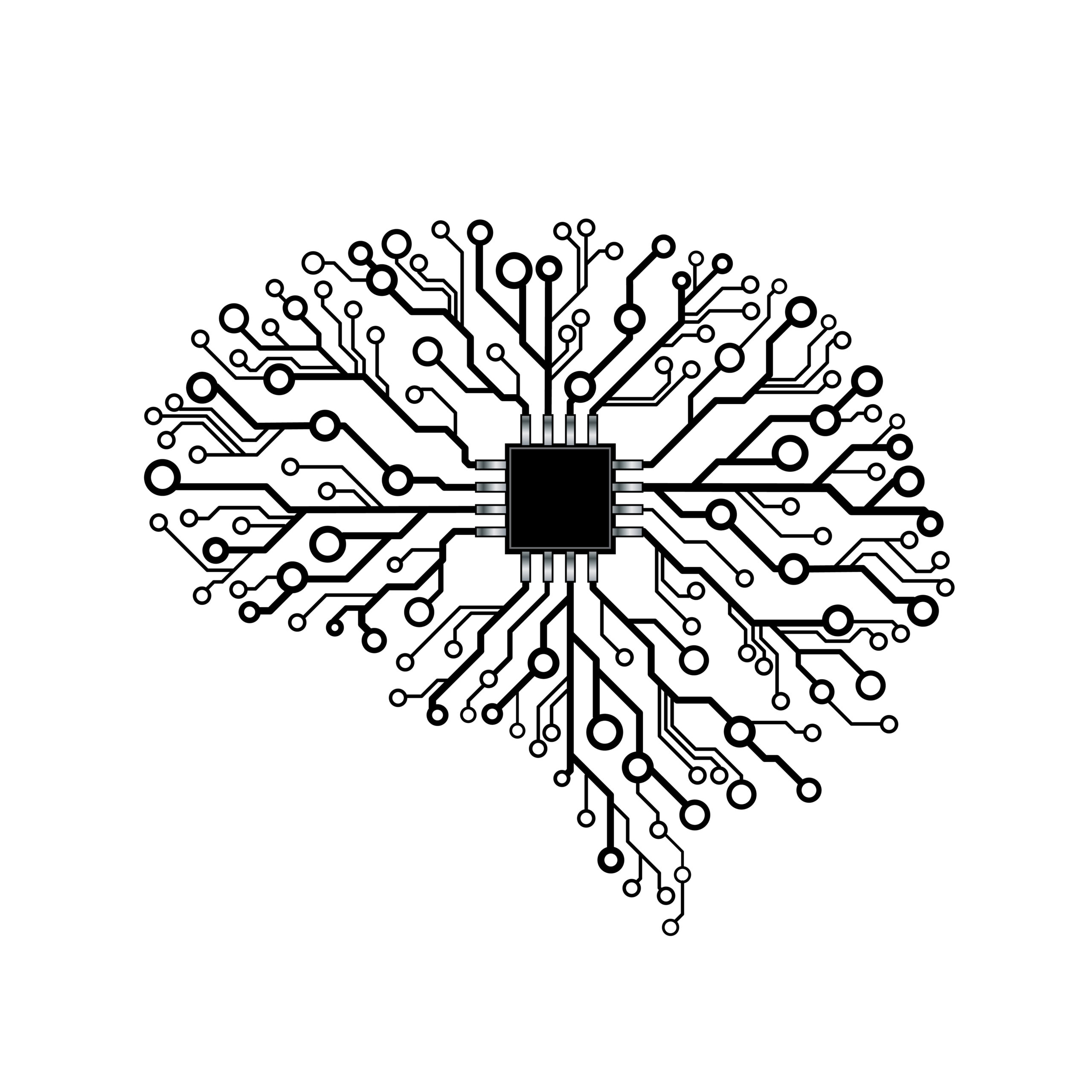Anomaly detection in smart factories involves identifying and flagging deviations, abnormalities, or unexpected patterns in operational data collected from sensors, devices, and systems within the factory environment. The Industrial Internet of Things (IIoT) enables the networked interconnection of devices, allowing for data collection, analytics, and automated control. Detecting anomalies in a timely manner is crucial for ensuring the effective identification of anomalous system behaviors, such as overheated machinery, defective products, package flaws, and other faults. Follow-up maintenance actions can be performed promptly to ensure the smooth operation of production systems.
In recent times, data-driven approaches, particularly in the realm of deep learning and machine learning, have gained significant traction in Predictive Maintenance (PdM). Convolutional Neural Networks (CNNs), designed for processing grid-like data like images, employ specialized layers to extract meaningful features by convolving learnable filters. In the context of anomaly detection, CNNs can be applied to visual data streams captured by cameras installed in the production environment. This visual data provides valuable insights into the state of machinery, equipment, or processes, enabling the detection of visual anomalies indicative of potential issues or irregularities.
While CNNs are effective for data with regular structures like images, Graph Neural Networks (GNNs) offer a more generalized approach, capable of processing non-Euclidean data networks. GNNs, including extensions like GraphSAGE (Graph Sample and AggregaGte), capture complex relationships and dependencies in graph-structured data. GNN generate a node representation by aggregating features over a fixed-size set of neighboring nodes in an inductive manner.
Inductive aggregation involves gathering information from neighboring nodes within a specified radius or proximity around a target node. The features of these neighboring nodes are combined or aggregated to form a representative feature vector for the target node. This aggregation step enables the target node to capture and leverage information from its surrounding nodes, incorporating their characteristics into its own representation.
This approach allows GNNs to effectively model complex patterns, dependencies, and interactions between nodes.
In many real-world manufacturing scenarios where non-Euclidean data is prevalent, GNN-based solutions have been proposed to address the limitations of traditional CNNs and other techniques.
In the realm of anomaly detection in smart factories, various techniques such as bound/limit checking, rule-based methods, clustering, and classification have been employed to detect point anomalies. Machine learning and deep learning techniques, including traditional CNNs and Long Short-Term Memory (LSTM) networks, have been used to extract anomaly detection rules and identify point anomalies. However, the inability to capture non-Euclidean data in many manufacturing scenarios has driven the development of GNN-based solutions, which leverage the power of graph-based modeling to effectively detect anomalies.
In the context of a smart factory, the Programmable Logic Controller (PLC) plays a crucial role in controlling manufacturing processes. These PLCs are interconnected with multiple Industrial Internet of Things (IIoT) devices, forming a complex network. However, when patches or updates are applied to the IIoT devices without corresponding upgrades to the PLC, collective anomalies can arise, leading to unforeseen issues.
Conventional anomaly detection approaches tend to focus on analyzing individual features of the IIoT devices or PLCs, overlooking the intricate relationships between them. To effectively identify collective anomalies, it becomes imperative to consider these interdependencies. This is where Graph Neural Networks (GNNs) prove to be highly valuable.
In our case study, we employ a specific type of GNN known as Graph Convolutional Network (GCN). The first step involves constructing a graph representation of the industrial communication network, IIoT device behaviors, and PLC. In this graph, each node corresponds to an IIoT device, PLC, or other relevant devices within the factory. The edges between the nodes encapsulate the structural information, illustrating the connections between these entities.
By transforming the data into this graph structure, we gain the ability to effectively capture and analyze the relationships and dependencies between the devices. This empowers us to detect collective anomalies that might occur due to the interplay between IIoT devices and the PLC. The GCN algorithm, specifically designed for graph data, enables us to learn and extract meaningful features from the graph representation.
To implement the anomaly detection model, we can design a GCN-based architecture. This typically involves multiple layers of GCN followed by a softmax layer for training a binary classification model to distinguish between “normal” and “abnormal” instances. By leveraging the power of GCNs and their ability to capture complex relationships in graph data, we can achieve accurate and reliable detection of collective anomalies in the smart factory environment.
In summary, Graph Neural Networks (GNNs) offer several distinct advantages over traditional approaches in anomaly detection. The ability of GNNs to capture complex relationships and dependencies within data networks makes them particularly well-suited for detecting collective anomalies involving multiple interconnected devices or nodes. Unlike traditional methods that focus on individual features or isolated components, GNNs provide a holistic view of the network, leading to improved accuracy and effectiveness.
As the field of anomaly detection continues to evolve, GNNs hold great promise for uncovering deeper insights and understanding from complex data networks. Their ability to uncover hidden patterns, detect anomalies at scale, and adapt to dynamic environments makes them a valuable tool across various industries and sectors, driving innovation and advancing capabilities in anomaly detection and beyond.



